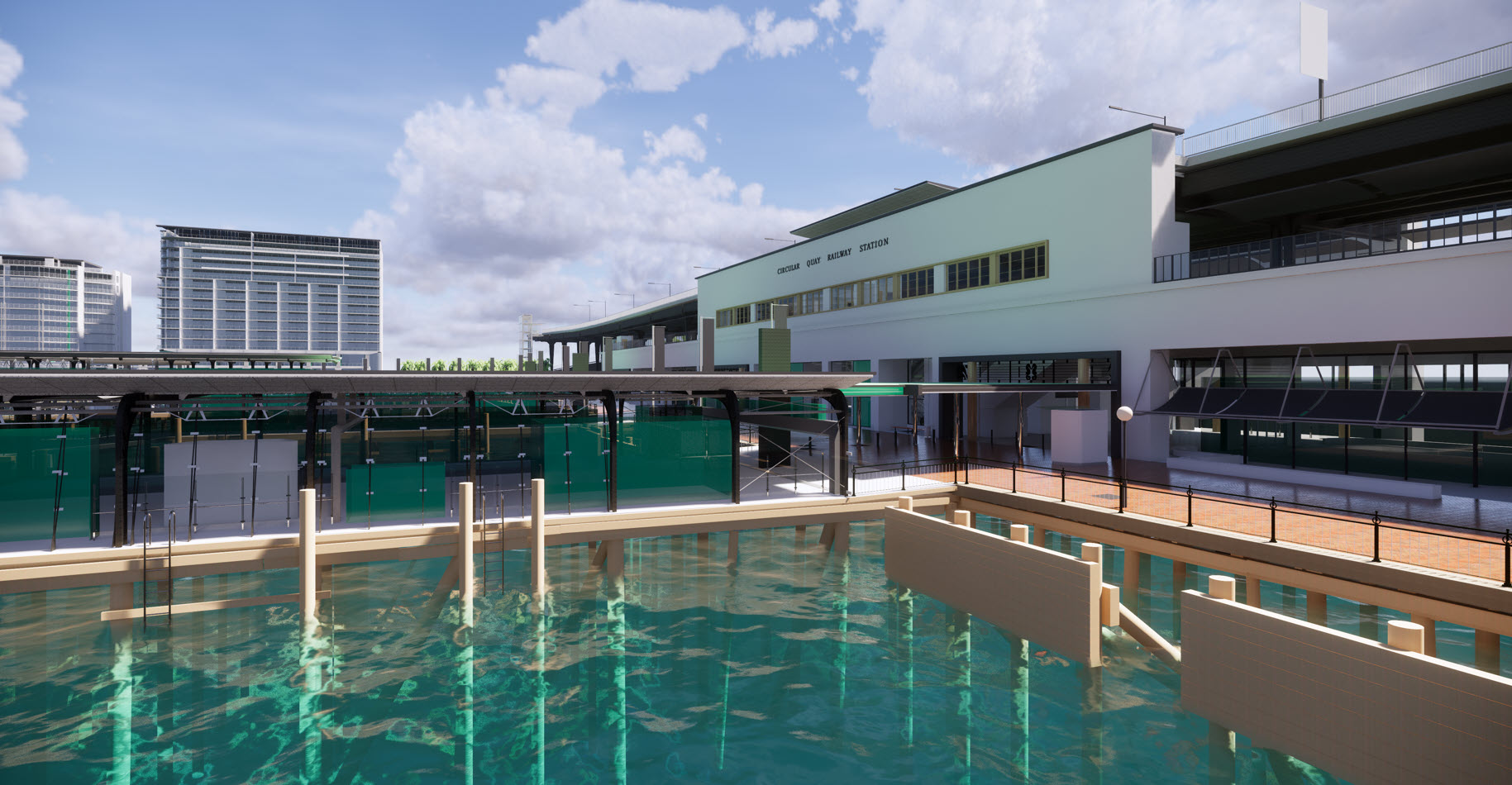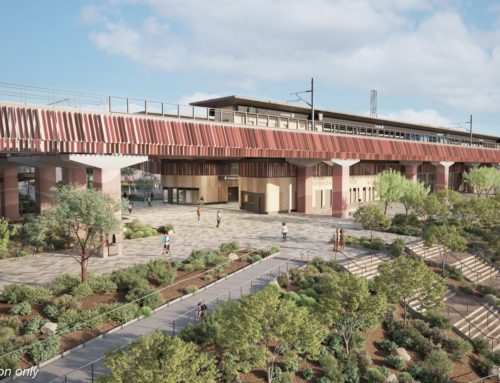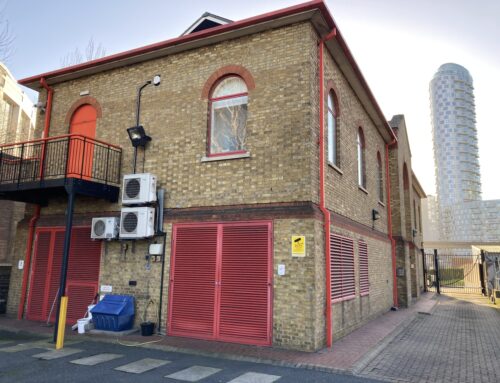Circular Quay is one of Australia’s great historical and cultural areas, positioned between two Australian icons, the Sydney Opera House and the Sydney Harbour Bridge.
It is a key entry point to Sydney’s northern CBD, which is being transformed by a multi-billion-dollar pipeline of public and private sector investment. In 2015, the NSW Government announced that AU$200 million would be reserved through the Restart NSW fund to upgrade the Circular Quay ferry wharves. The key benefits of the proposed renewal focused on:
- improved customer and visitor experience
- creating a modern, safe and easy to use transport interchange
- growing the local and tourist economy
- updating ageing infrastructure with sophisticated and sustainable design solutions.
NDY was engaged as the project’s digital engineering manager, providing coordination and management of all building information modelling (BIM) and digital deliveries. The scope involved using the latest technologies and digital processes to deliver an asset information model (AIM). The project offered a perfect opportunity to showcase the power of digital engineering and bring together data from multiple stakeholders, including Transport for NSW (TfNSW), to shape the future of Sydney’s infrastructure.
Our team carried out a number of tasks during this project:
- ‘Reality capture’ and ‘point cloud scanning’ to record current and as-built conditions of buildings, structures, wharves, promenades, utilities and infrastructure. Point cloud scanning uses lidar technology to produce a 3D model for visual representation which can be linked to additional BIM technologies for almost endless uses. Reality capture is the software that renders the lidar point cloud to portray scans in a realistic view by meshing photographs and laser scans together.
- BIM and geographic information system (GIS) integration of data from multiple consultants in various formats.
- AIM production – delivery of an overall asset information model, comprised of all project models with extended data and data links, capturing all reporting delivered on the project linked to relevant assets/elements in the model.
- AIM hosting – implementation, training and management of cloud collaboration technology to connect and collaborate with the entire project team.
- The NDY scope created a synthesis between all project teams via the delivery of an AIM, which required our team to manage large data sets and challenge existing 2D workflows.
Benefits of the developed AIM
- Workflows are refined.
- Allows easy access, visualisation and presentation of key pieces of information to the client and project stakeholders that previously would have buried deep in a multi-thousand-page report.
- Access to the model on desktop and mobile devices, allowing the team to communicate and address issues in real-time throughout the project lifecycle.
- This real-time issue tracking platform allowed the team to focus on collaboration, coordination and on-site validation, making the model immediately accessible and actionable and managing model-based issues in the 3D space and on 2D sheets.
- Developed workflows to manage large data sets from the geotechnical investigations that have traditionally been delivered in a 2D or remained and used in their native format.
- Enabled exploration of the model in depth in terms of data input and output for the end user. This model has a multitude of links referencing back to reports and specific data about the model and individual elements within the model. Input at various stages was required by all consulting teams to define an efficient workflow.
Challenges
With Circular Quay one of the world’s busiest tourist hotspots, the operational side of our investigations were a significant challenge. With approvals required from local stakeholders, retailers, residents and other agencies prior to undertaking any investigations, continuous engagement with these parties ensured minimal interruptions to their daily routine.
The 3D point cloud data capture was restricted to early hours of the morning, typically between 2am to 6am when there were less pedestrians at Circular Quay. On top of these time restrictions, asset conditions data capture onsite was affected by tide conditions. Careful planning was necessary to allow access to certain under-pier voids just above the waterline, which were only accessible during low tide.
The scheduling of the world-famous Vivid Sydney festival during investigative stages created another challenge. Vivid runs for 23 days through May and June and attracts about 2.5 million people. Careful scheduling and coordination ensured drilling work was completed on time and ahead of the festival to avoid disruption.
NDY’s advanced BIM technology and workflows provided our client with an up-to-date digital asset, enabling them to make informed decisions based on reliable information. It also delivered significant benefits such as efficient project delivery, real-time collaboration and enhanced data visualisation through streamlined communication, improved issue tracking and accessibility to key project information for stakeholders.
With millions of customer trips every year, Circular Quay is one of the city’s major transport interchanges. As a popular tourist and visitor destination, the ‘Circular Quay Renewal – Site Investigation’ project will help maintain its status as a major contributor to the country’s $38 billion tourism industry (Transport for NSW 2018).
Reference:











